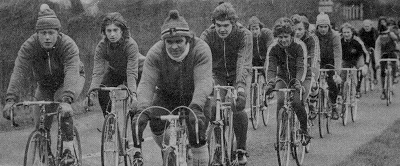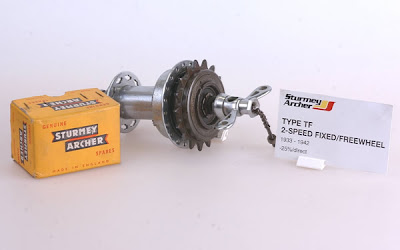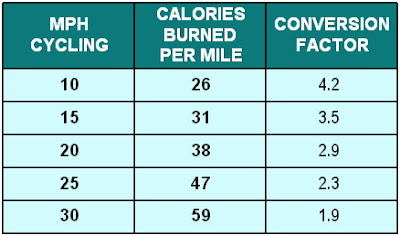The British Club Run
 Mon, November 19, 2007
Mon, November 19, 2007 
The British Cycling Club Run is a tradition that probably started around the 1920s; a group ride that would usually take place every Sunday throughout the year. There would be a set time and place to meet, and participants would just simply show up.
Cycling clubs all over the British Isles would hold club runs. Don’t ask me why it was called a club “run” when everyone rode bikes; it is just one of those peculiar Briticisms.
Some would be all day events covering up to 100 miles, sometimes more. Others would be a shorter afternoon ride that would usually end at a country pub somewhere, followed by a ride home in the evening.
The shorter, more leisurely Sunday afternoon ride was popular through the summer months, because many riders had ridden a time-trial in the morning. In addition, the summer evenings in the UK are long and it doesn’t get dark until 10 pm.
The picture above from the mid 1970s shows me (Third rider from left.) on a club run with The Worcester St. Johns Cycling Club. It is mid-winter as you can see by the way we are dressed.
The Worcester club is one of the oldest in the UK, it was founded in 1888, the year John Boyd Dunlop invented his pneumatic tire. Early photos from the St. Johns club show a mix of the high wheeler “Ordinary” and the new fangled “Safety” bicycles in use at the same time.
Participants in club runs always rode, two by two, in an orderly fashion. The great thing was no one had to be instructed to do this, it was such a long-standing tradition, that newcomers would automatically see what everyone else was doing and follow suit.
Often the club run would operate like a pace line; two riders would ride on the front for a mile or so, then the inside line would drop back, the front outside rider would move to the inside, and the next rider would move up to the front.
It was a social event as much as anything; you would chat with the person next to you as you rode. With a pace line going, you got to talk with a different person every mile. In a group of twenty riders, you would only hit the front for two miles in every twenty, so some pretty fair average speeds could be maintained.
The club run was one of the reasons for the popularity of fixed gear riding in the UK continuing through the early 1950s. A fixed gear made it easier to control the bike while riding at close quarters. Most people rode around 65 or 69 inch gear. (48 T chainwheel with a 19 or 20 T sprocket.) which kept everyone at the same level.
A gear like this made it possible to maintain a steady pace, and at the same time climb some pretty steep hills. In 1933 Sturmey-Archer came out with a 2-speed fixed hub gear. (Above) The high gear was direct drive and the low gear was a 25% reduction. Later there was a 3-speed Sturmey-Archer fixed hub gear which remained popular with club riders through the 1950s. I believe it was discontinued around 1959.
By the mid 1950s, most riders used derailleur gears, but often switched to a single speed fixed gear for winter riding. Offering less maintenance and more control on wet or icy roads.
It has been almost 29 years since I left the England for the US; I am not sure if the Sunday club run tradition continues. I would be interested to hear from readers in the UK.
 Dave Moulton | Comments Off |
Dave Moulton | Comments Off | 






















